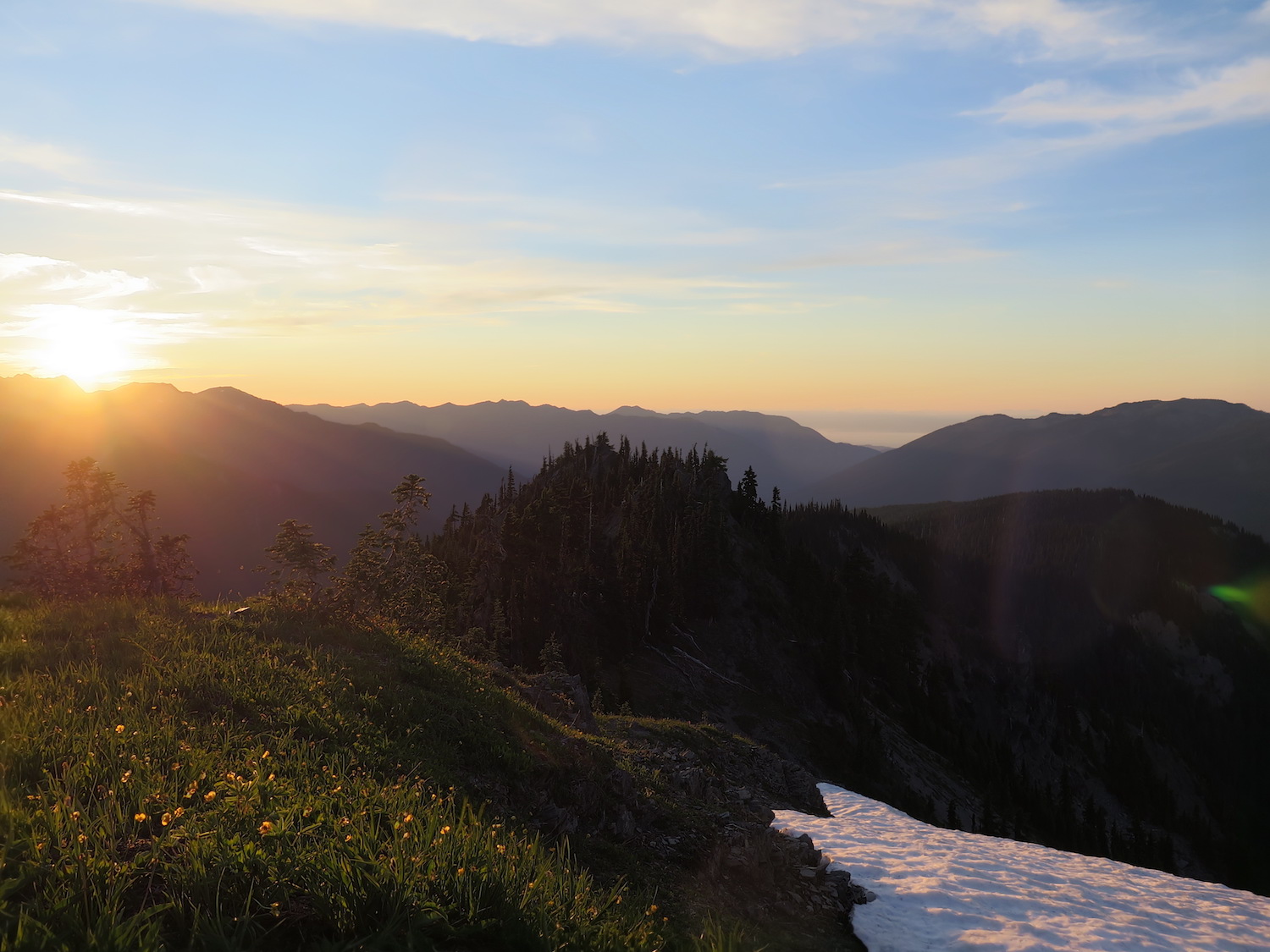When I first moved to Washington State in the summer of 2000, I was a naive Midwest flatlander who had never traveled west of the Mississippi. My first day in Seattle made me feel a bit like Dorothy opening the door to the beautiful Technicolor world of Oz. Washington’s sparkling beauty and mountains were like nothing I had ever seen.
I still remember the first time I ever set sight on the Olympics. It was my second day living here and after finishing my very first job interview in downtown Seattle I popped into a Tullys to sample some coffee. I gazed across the Puget Sound, confused by the mountains I saw in the distance. The Cascades and Mount Rainier were on the other side. What were these!?
I asked the barista if they were the Cascades. As luck would have it, she was a Sequim native who not only taught me how to pronounce it correctly, but also spent her lunch break educating me on the beauty of the Olympic Peninsula.
At one point I asked “But how do you get there? Is there a bridge?” She looked at me a bit incredulously and then told me about the Washington State Ferry system.
I wasn’t just a flatlander, but I was a flatlander who grew up in Indiana, a doubly landlocked state. I couldn’t even wrap my brain around the concept of ferries. “You can drive a car onto the ferry!?” I asked her. “Like, how many!?” When she told me hundreds I couldn’t believe it. Ferries that carried hundreds of cars were a foreign concept to me.
Months later I would end up dating a guy who had family in Port Angeles. Ferry travel would become a normal routine. For several years we made frequent trips to the Peninsula and enjoyed the beauty of Deer Park, Hurricane Ridge, and the Hoh Rainforest. We spent time in the sunny lavender fields of Sequim and the rainy, mossy forests of Forks, a mere 70 miles away.
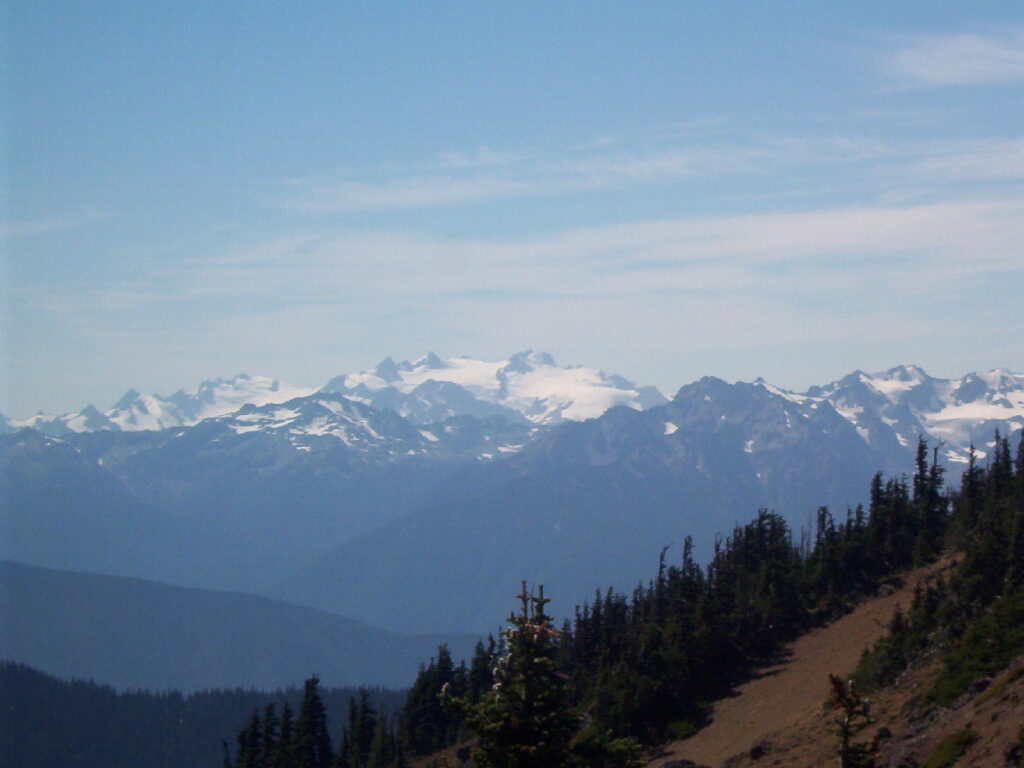
Every time I visited the Peninsula I was shocked by its diversity. There were mountains, glaciers, lakes, rivers, hot springs, a rainforest, the ocean, and stretches of beautiful forest. You could drive around it but as far as going through? There were simply no roads that connected across Olympic National Park. It was pure wilderness, which was something I had never even heard of before.
Now, almost twenty years later, after thousands of miles of hiking, backpacking and exploring nearly every corner of this state, I’m still drawn to the incredible Olympics. It remains a place that I hope always stays wild.
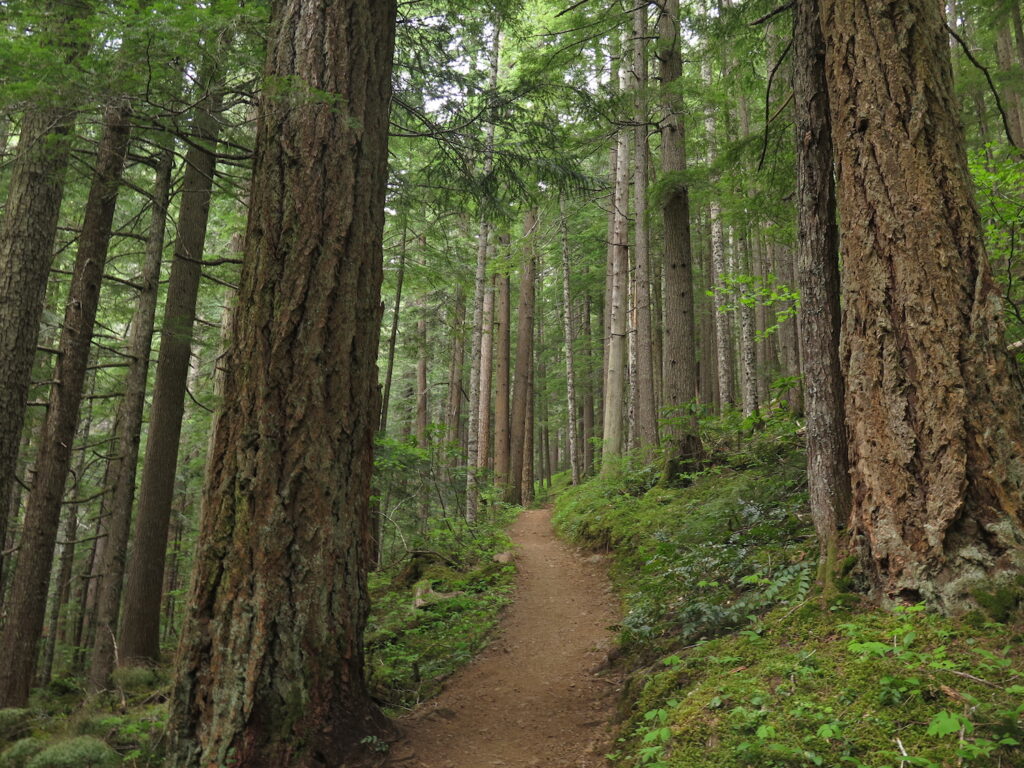
Just last month I backpacked to the Dodger Point Lookout in the Olympic National Forest with a few friends, one who now lives in Sequim. On our 20+ mile journey, the number of black bears outnumbered fellow hikers. We spent a beautiful evening with a stunning 360° view of the vast Olympic wilderness. On one side was the Strait of Juan de Fuca sparkling in the distance and on the other, the glaciers of Mount Olympus.
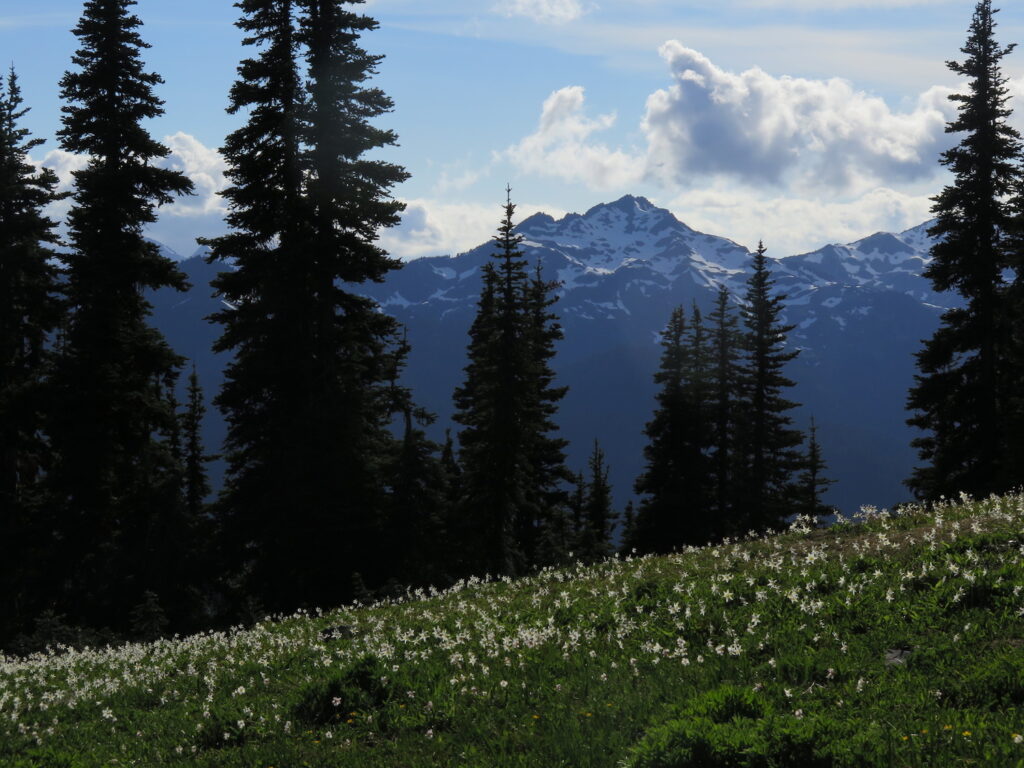
Occasionally we could see the faint headlights of cars, way off in the distance, leaving the Hurricane Ridge parking lot. We sat there in silence, awed by the vast beauty and lack of human intrusion. How incredibly lucky we are to have this right in our own backyard.
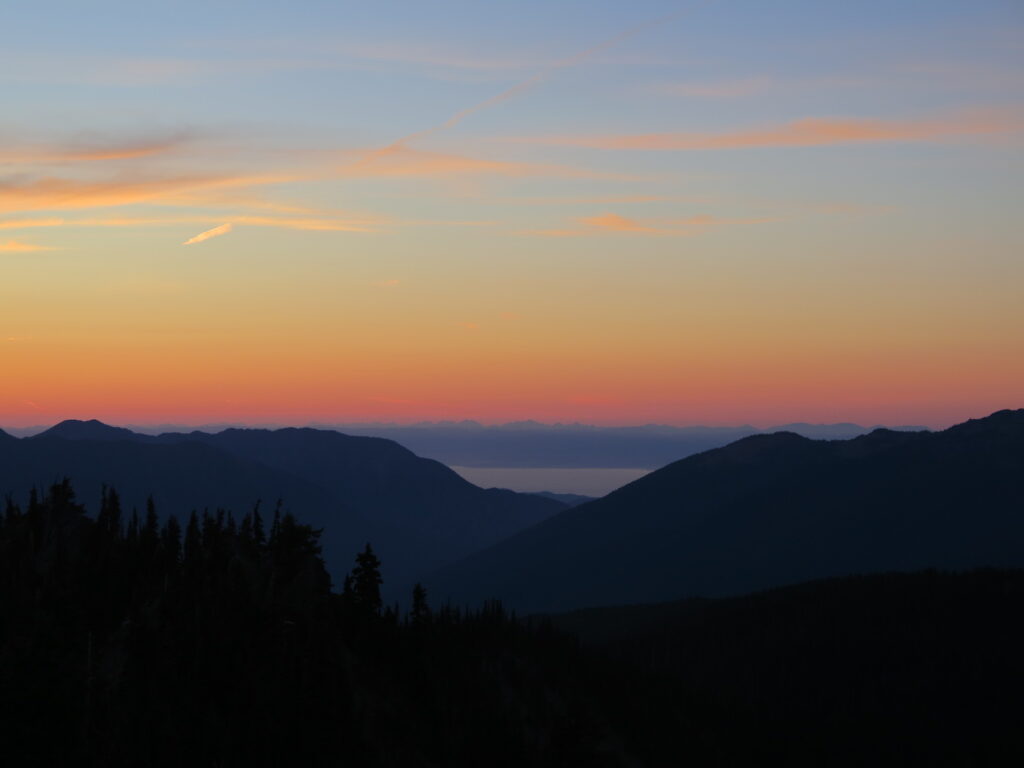
Along our journey we crossed the gorgeous turquoise waters of the Elwha River. Once the largest fish producer on the Olympic Peninsula, it was one of few rivers in the lower 48 that supported all of the Pacific Northwest’s migrating salmonid species. Damming of the river in the early 1900s severely impacted salmon runs and nearly extinguished its life. For over a century, salmon circled at the dam, desperate for a way through.
In 2011, the Elwha became the site of the largest damn removal project in history and second largest ecosystem restoration project in National Park History.
As we all took a trail break along the banks of the Elwha, it was inspiring to see it once again running wild and free, a remarkable story of nature’s resilience but also a haunting reminder of the importance of protecting our rivers and wilderness.
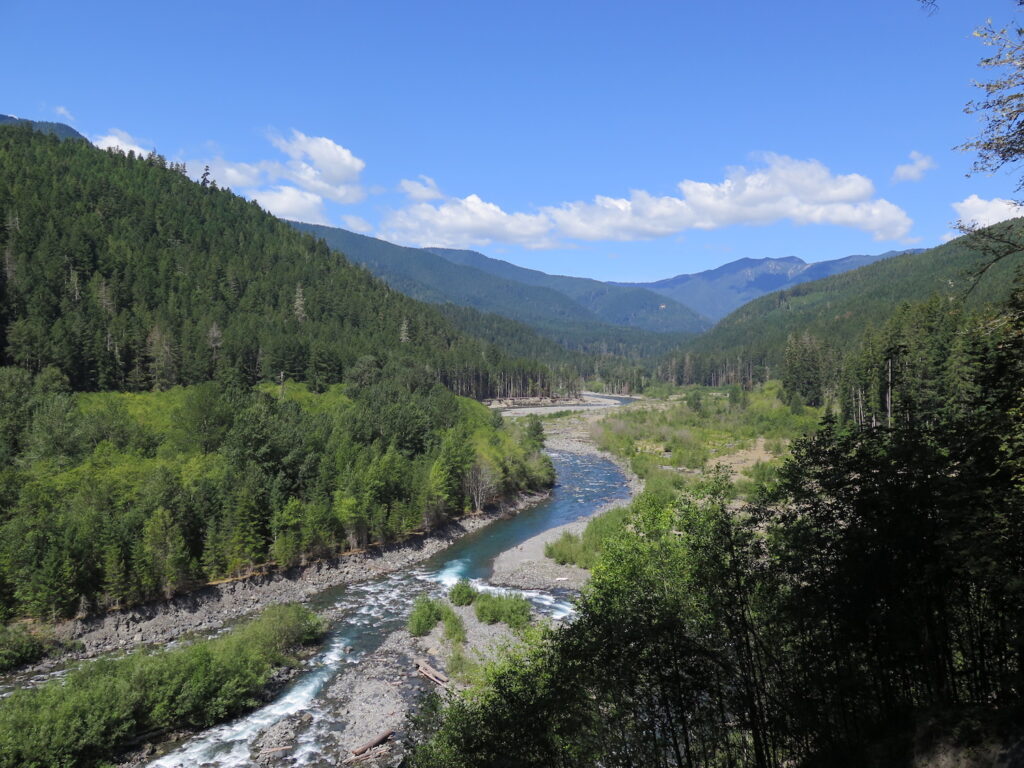
Though the Elwha may never fully recover in our lifetime, there is evidence that fish are recolonizing at more rapid rates than expected. The river has been reborn again, but at what cost remains to be seen.
The U.S. celebrates 110 million acres of wilderness, which equates to less than 5% of our total land area. Without including Alaska, the area of the U.S. protected as wilderness drops to just over 2%, about the size of the state of Minnesota.
Wilderness isn’t just a resource to be developed, it’s a rare, wild place to be cherished. We owe it to ourselves, to our children, and to all the generations to come to protect our precious wilderness and rivers before they are gone forever.
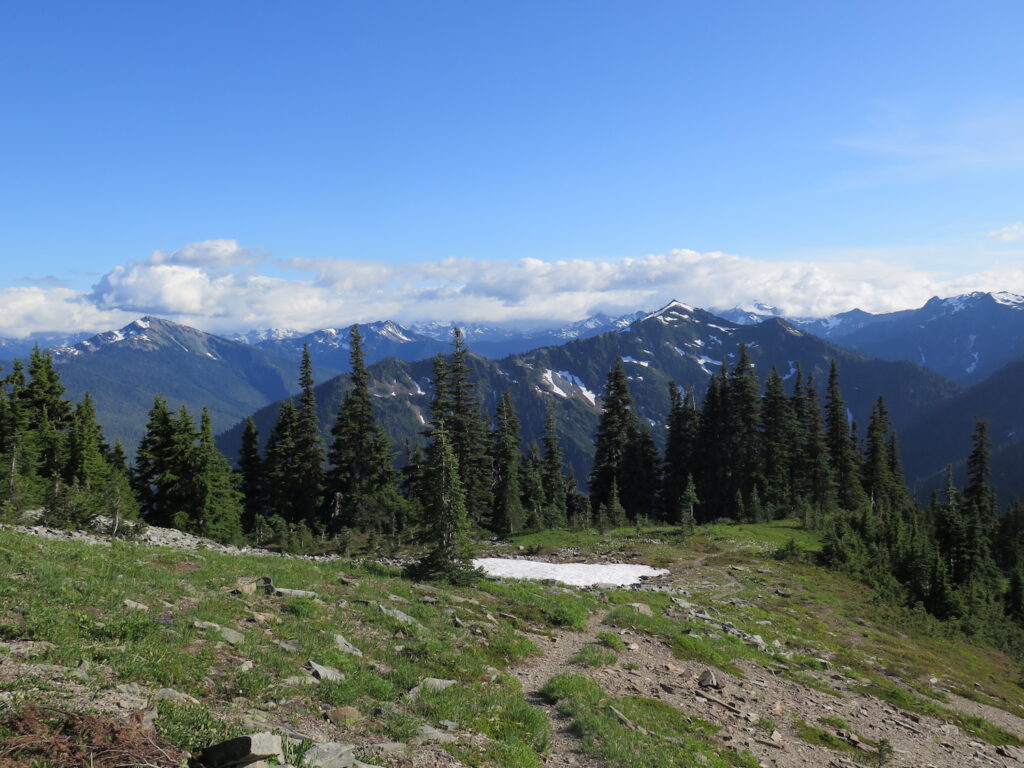
The Wild Olympics Wilderness and Wild & Scenic Rivers Act would permanently protect over 126,000 acres of new Wilderness areas in the Olympic National Forest, and 19 Olympic Peninsula rivers and their tributaries as Wild & Scenic Rivers – the first ever Wild & Scenic Rivers on the Peninsula. Designed through extensive community input to protect ancient forests, clean water, and enhance outdoor recreation, the Wild Olympics legislation has been endorsed by 700+ local businesses, sportsmen organizations, outdoor recreation groups, faith leaders, conservation groups and local elected officials; and more than 12,000 local residents have signed petitions in support.
Sign the petition and help preserve these amazing lands.
Interested in exploring the Olympics? The Outdoor Society has a fantastic guidebook!
